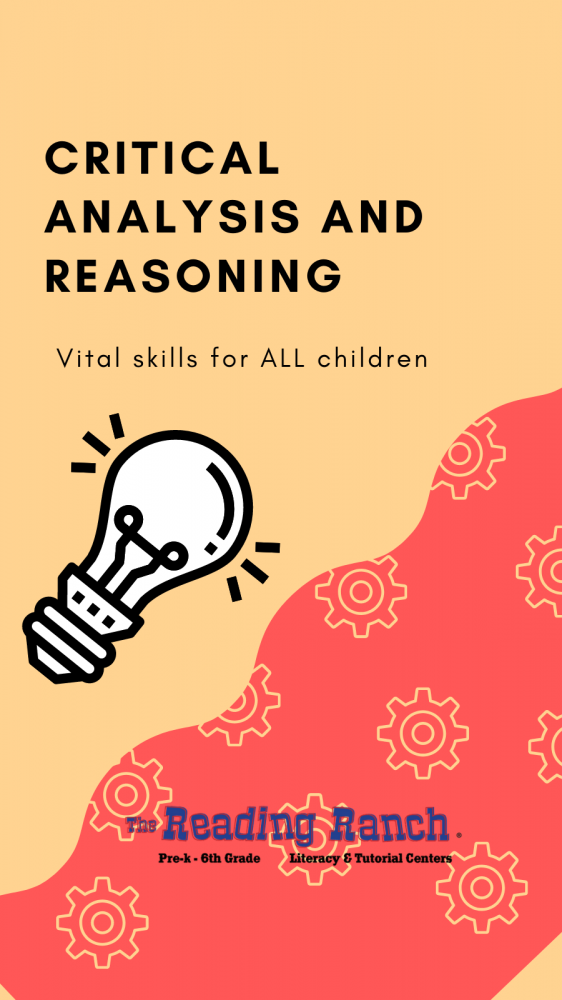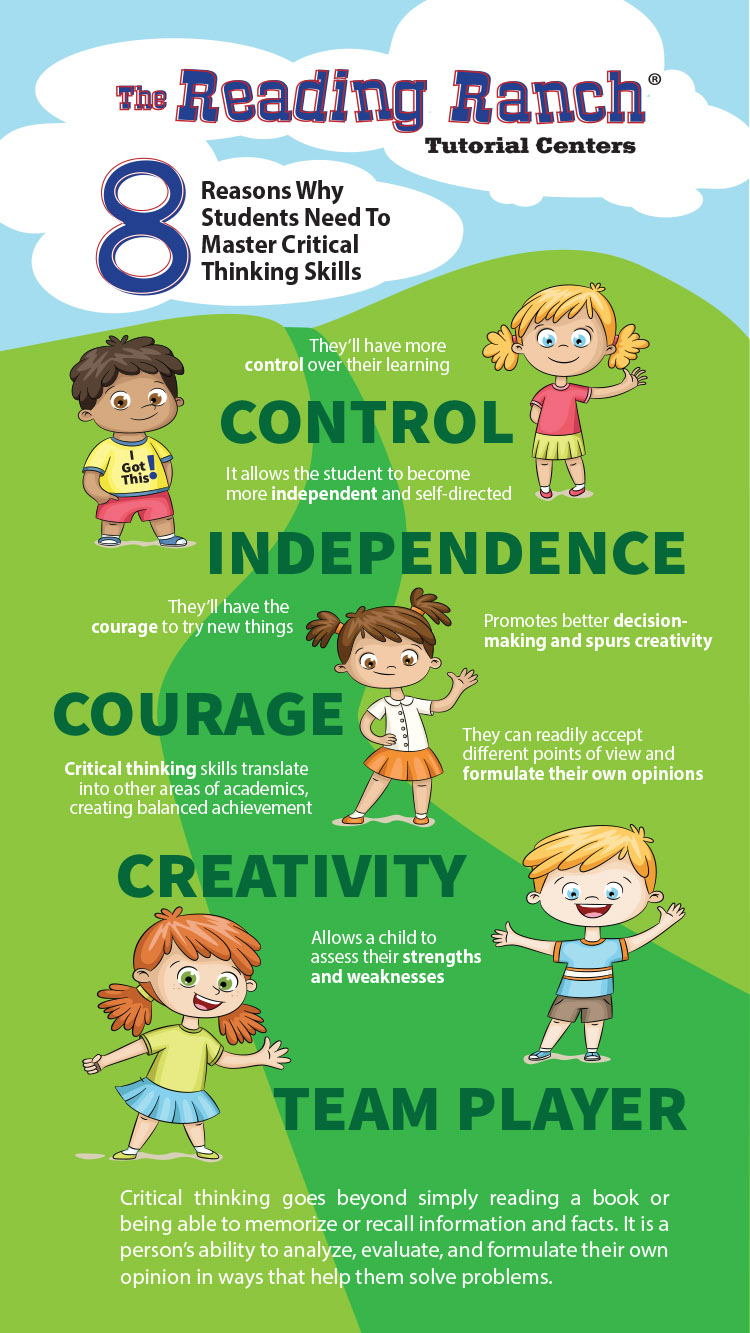Critical Thinking
Critical thinking skills are used constantly in all facets of life.
They are the essence of how we process information, prioritize and eventually make decisions. Yet it seems the trend in today’s education is lacking a focus on these key skills. While our children typically are loaded with homework, most of the time the homework consists of memorization, specific problems for a specific skill, or sometimes what I call “drill and kill”! There is certainly a need for these exercises and work, but how often do our children synthesize all this data to make a decision, create something (a business, a club, a project), or form a well-thought-out opinion?
Many of our children come out of school with a tremendous amount of knowledge, but very few skills to be able to put that knowledge to use. Critical thinking is something that can be exercised and improved. Just like any “muscle” our critical thinking skills must be utilized to improve, or they will weaken and we’re left with children who struggle with indecision, lack self-confidence, and much too often blame others for their poor decisions. Our current society plays a role in this but as parents, we can demand more.
Eight reasons why students should master critical thinking skills
- They will have more control over their learning
- It allows the student to become more independent and self-directed
- They will have the courage to try new things
- They can readily accept different points of view and formulate their own opinions
- Critical thinking skills translate into other areas of academics, creating balanced achievement
- Allows a child to assess their strengths and weaknesses
- Promotes better decision-making and spurs creativity
- Enhances their ability to work with other people in a team setting
Critical Thinking
Kids can learn critical thinking skills in many ways. For young children (age 2-7) language and language-rich environment is one of the best ways to help a child start developing those critical thinking skills. Reading is one of the best ways to develop critical thinking skills, social interaction, lots of imaginative play (that doesn’t mean video games), and simply talking to you or your siblings are other good ways to develop that critical thinking muscle. Make a rocket ship out of a box or a horse out of a broom!
At around age 7-12, kids start to think a little more logically, and they can start to become little magnets for information and typically ask many questions. This is healthy and good for their growth. As parents, we may get a little annoyed, but realize this is a natural part of growing! And don’t forget to keep them reading and add writing, which will provide even more growth at this critical stage.
CARs Program for Elementary kids
We have developed a CARs(Critical Analysis and Reasoning) program at The Reading Ranch to help build these critical thinking skills. I love it when I see our students read a passage and can form an opinion and explain the steps to how they came to their conclusions and then write about it!
You can do the same things at home if you take the time with your kids. Ask them questions, make them think, and make decisions. Sometimes they will make the wrong decisions and must face the consequences, that’s making that decision-making muscle even stronger!


